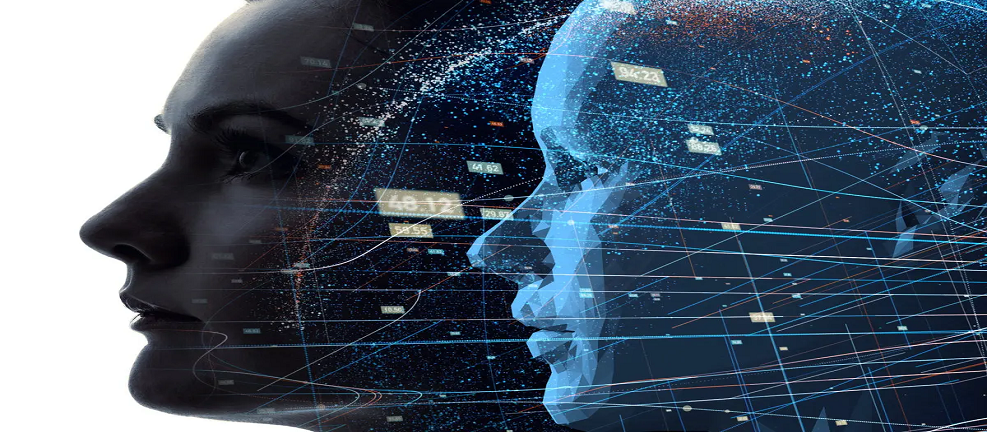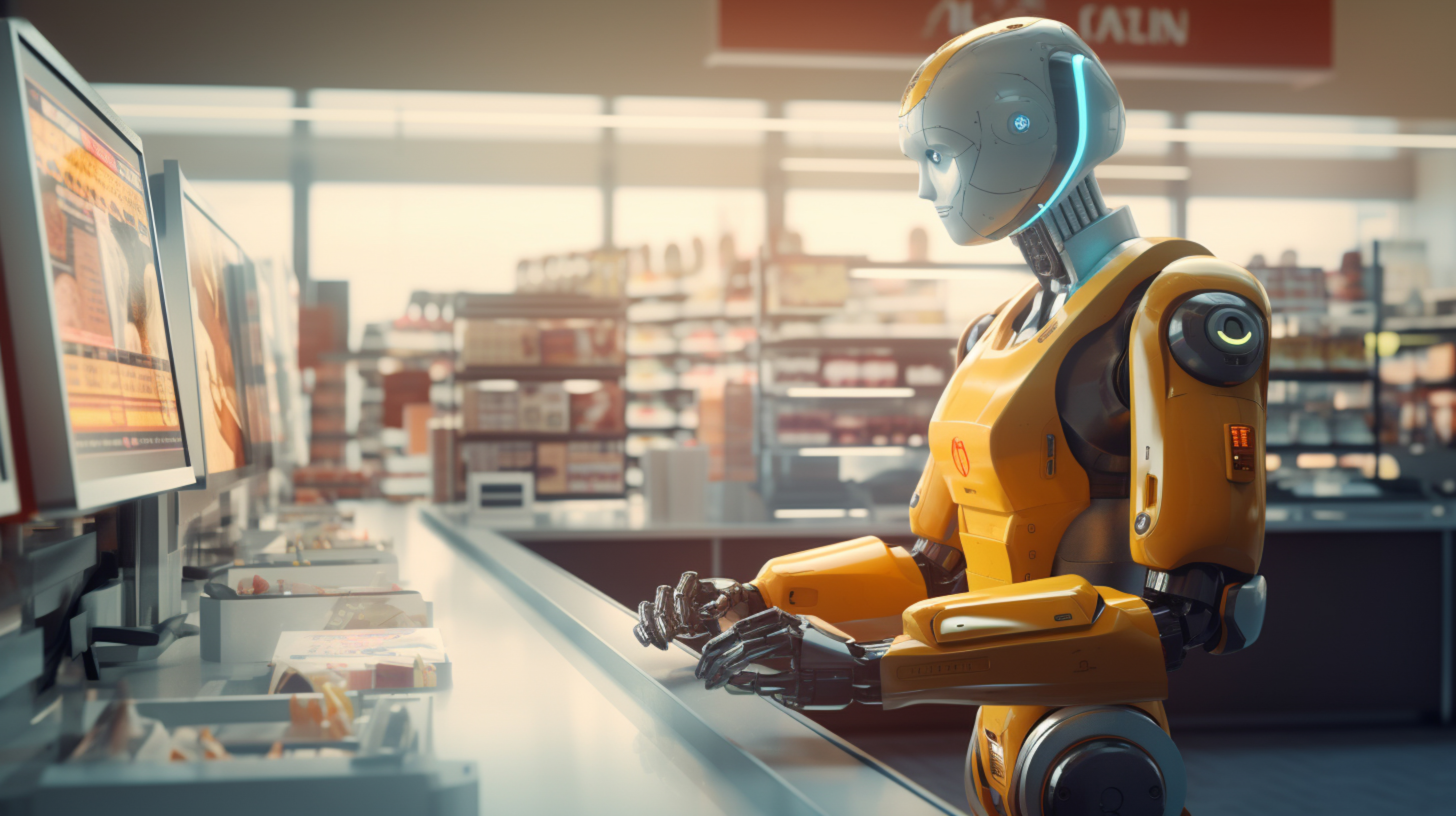What is Digital Twin And How Does it Benefit Businesses?
A digital twin is a virtual representation of a physical object, system, or process that uses real-time data and simulation, leveraging machine learning, artificial intelligence, IoT, big data, and other technologies to help design products, manage the product lifecycle, predict and enhance the performance, minimize downtime, and improve the decision-making process. A physical object can be an automobile, turbine, jet engine, tunnel, bridge, wind energy farm, or even buildings or a smart city. Like physical assets, the digital twin technology can replicate systems and processes to predict how they will function, using the data collected from actual process environments. In other words, a digital twin is a computer program that applies real-world data to simulate the actual object or process to predict its behavior and performance.
How does a Digital Twin work?
A digital twin is the digital replica of a product or process in the physical world. The physical object being simulated is fitted with various IoT sensors to generate data about various functional aspects that influence the performance of the object, such as energy consumption, temperature variations, weather changes, and more. The data thus collected is then applied to the digital copy of the object, which then runs simulations, studies issues, and prescribes possible improvements and solutions, in turn, produces valuable insights, to apply them back to the original process and asset.
An important function of a digital twin is to predict and perform actions to maintain and improve the performance of physical assets remotely using the data collected and analyzed remotely. Depending on the asset being simulated, a digital twin can be complex or simple. The quantum of data influences how precisely the virtual object simulates the physical version. Typically, a digital twin is created even before starting production of the actual product, making the original and virtual objects exactly similar.
What issues Digital Twin technology does solve?
A digital twin can solve a wide range of problems across varied asset-intensive industries, from oil and gas, manufacturing, and automotive to healthcare and energy. Sensors attached to the physical assets provide performance data to the digital twin in real-time, which helps to suggest customized service and maintenance plans for efficient asset management, manage the product lifecycle effectively, improve worker safety, reduce accidents, and lower maintenance costs, and provide better customer experience.
The technology allows organizations to innovate methods for extending the lifecycle of the asset, bringing process improvements, and improving product development and prototype testing. By representing a problem, the digital twin offers a solution that can be devised and tested in the simulated virtual twin before applying it to the physical object or process in the real world.
Digital Twins vs. Simulations
Both the simulations and digital twins sound similar, but they are not the same. The salient difference is in the workflow of the digital twin; capturing data from original objects to analyze them on a virtual copy, and sharing them back with original physical assets. A simulation shows what could happen to an object, but a digital twin says what is real-time happening to the physical object. Simulation usually does not provide or use real-time data. On the other hand, the real-time updated data enables digital twins to study issues with greater accuracy.
Digital Twin Types
Digital twins are classified by different methods and names. Let’s take a look at some popular types of digital twins:
-
Component twins: This is the virtual copy of the smallest functioning component or part in an object. This is the lowest level magnification.
-
Product twins: This is the digital copy of a product or asset that comprises multiple components and parts.
-
System or Unit twins: This level of magnification includes a system or unit twins that form an entire production or operations system.
-
Process twins: Process twins, the highest level magnification, show how assets and systems work together to create a production system.
The origin of the Digital Twin concept
David Gelernter’s 1991 book ‘Mirror Worlds,’ mentioned the concept for the first time. Michael Grieves of the Florida Institute of Technology is considered the first person who applied the concept of a digital twin to manufacturing in 2002. However, it was NASA that first put the concept into practice. In a 2010 Roadmap Report, John Vickers of NASA formally gave the concept its name. The concept has since been used in a wide range of industrial applications and processes, in the name of the digital twin.
Benefits of Digital Twins
-
Improved R&D: The digital twin technology helps improve the research, design, and development of products, with the help of a large volume of quality data generated about the probable performances. The insights derived from that information can enable companies to make the required refinements and improvements in the product design before starting commercial production.
-
Better efficiency: In most cases, digital twin copy is created before starting the production of physical products. The digital twin that is a mirror of the actual product helps monitor the performance, intending to achieve high efficiency throughout the operations.
-
Improved maintenance: The technology, using data captured through sensors, facilitates predicting and prescribing maintenance schedules, helping, in turn, reducing downtime, enhancing the health of assets, and optimizing the maintenance costs.
-
End of the product lifecycle: By using digital twin technology, the manufacturers of assets can decide what to do with the products that reach the product lifecycle end.
Use cases of Digital Twins
The applications of digital twins include the following applications across multiple industries:
-
Large and complex equipment: Digital twin technology enable large equipment and engines like jet engines, and turbines, for predicting and prescribing short-term and long-term maintenance plans. Among others.
-
Huge Structures: A digital twin can be of help during the design stage of buildings, bridges, or offshore drilling platforms.
-
Manufacturing operations: Digital twins mirror the entire lifecycle of a product and its use in various stages - from design to finished product or delivery - of manufacturing and operations.
-
Healthcare services: Like products are replicated through the use of digital twins, sensor-generated data can be used to track a variety of health indicators and generate key insights.
-
Automotive sector: Digital twins are employed extensively in designing automobile vehicles, particularly cars that use many complex systems, to improve the performance of the vehicles and enhance production efficiency.
-
Infra segment: The activities involved in infrastructure planning and development are supported extensively by digital twin technology, leveraging the 3D and 4D generated data in real-time and also incorporating augmented reality technology.
The outlook for Digital Twin
Digital twins promise huge potential because of the disruptive changes being made by asset-intensive businesses in their operating models, thanks to the tremendous innovation and development happening in the technologies that provide cognitive power. It is estimated that the demand for digital twins which was valued at USD 3.1 billion in 2020 would reach USD 48.2 billion by 2026.
That said, neither does every object or process need a digital twin, nor is it a financially viable proposition to invest significantly in the creation of a digital twin. One major challenge for companies that plan to employ digital twin technology in their organizations will be the difficulty in finding and onboarding resources that can help create digital twins. This is where Task / Talent as a Service platform can come as a solution to your problems.




